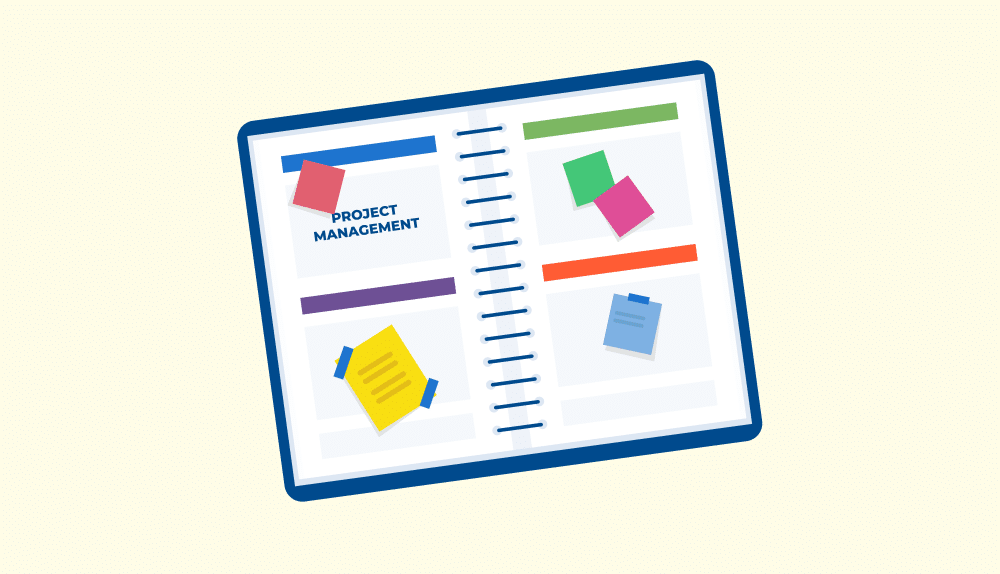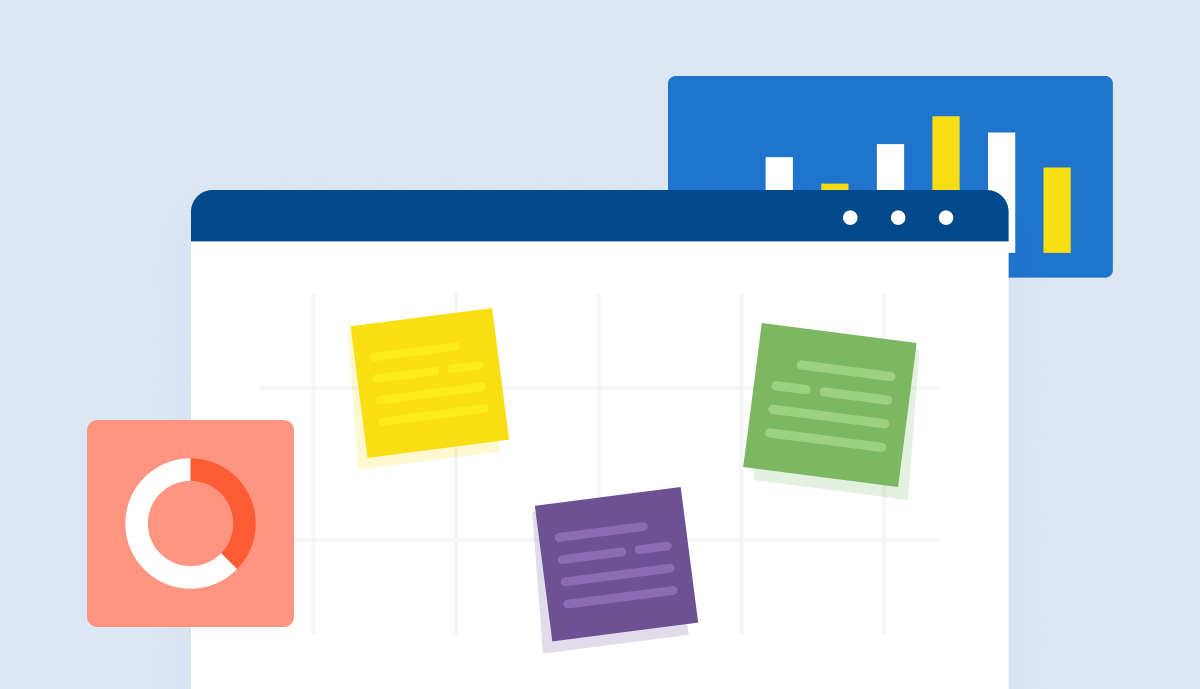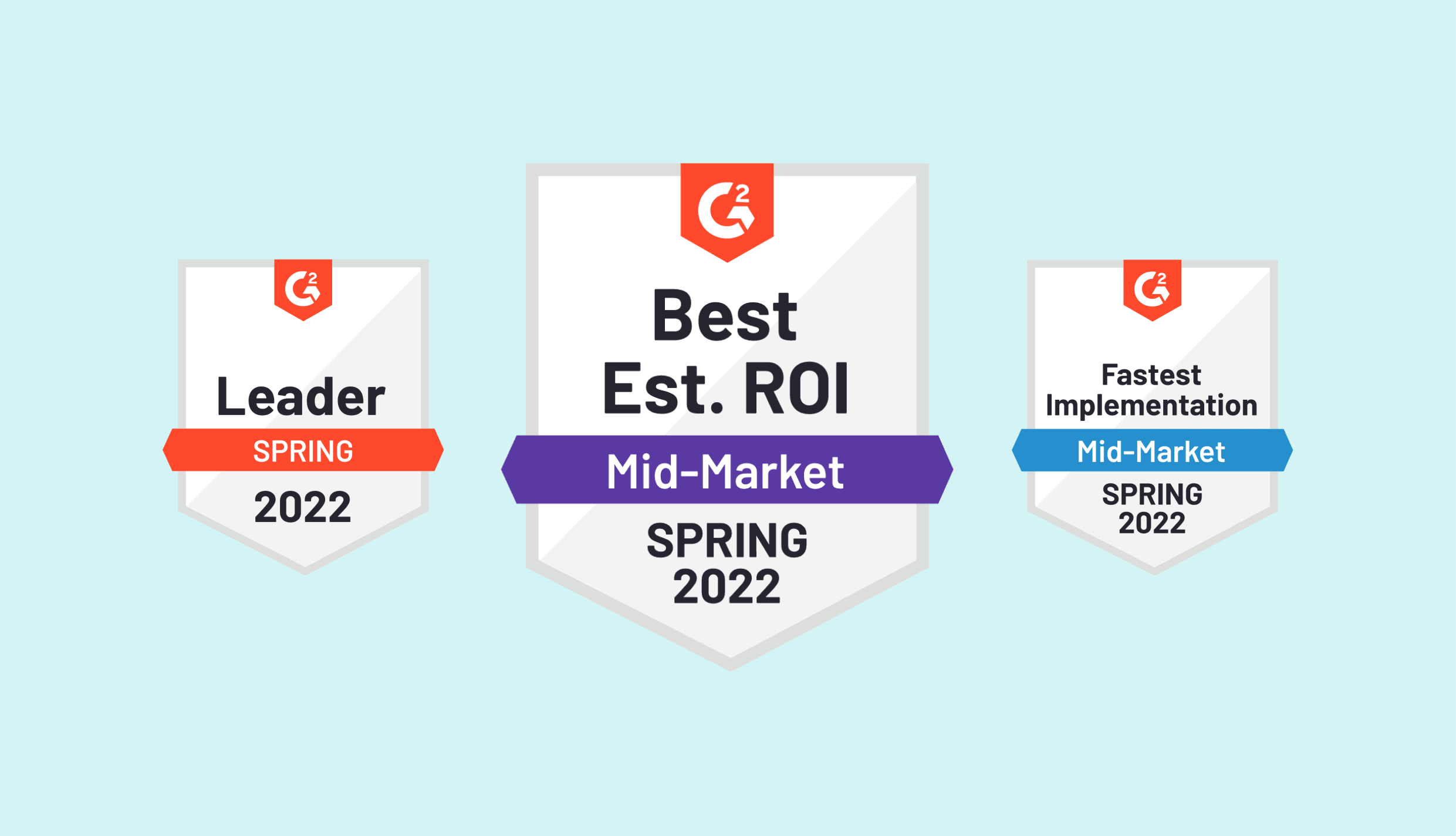Once you master long-term capacity planning, stressful last-minute hires or a growing employee bench becomes rare. Read this article to learn the best practices for capacity planning — why professional services companies use it, and what happens when they don’t.
How to Balance Client Demand with Your Capacity Across Every Skill
Executives in professional services companies keep on asking this question.
A well-organized capacity planning process is the solution. It gives you a bird’s-eye view into your available capacity, allowing you to take on projects with the certainty that you have the resources to get started. It also gives you a chance to fill any vacancies.
Planning means predicting what the client demand will look like and how you will respond based on your available capacity.
What is capacity planning in professional services companies?
Capacity planning is a process that focuses on balancing the available working hours of your teams against the needs of your projects.
To plan capacity, you first need to know how to calculate your availability capacity.
To calculate it for a given period, take the general capacity of your company for that period and deduct employee utilization from it.
Available capacity = general company capacity – employee utilization
Capacity Planning: Project vs Company-Level
In professional services companies, capacity planning happens on two levels: inside projects and on a general, company-wide level.
Project managers need to ensure that team members are working on the right tasks and that these tasks are arranged properly. This directly relates to planning the capacity of individual employees and assigning them tasks they can complete.
For a COO or resource specialist, capacity planning means something else. This type of long-term perspective capacity planning is about how employees are allocated to projects across the company.
This applies to both scheduled projects that you know will happen and tentative ones that are only in the planning stages. It’s also about managing different booking types and knowing where your most valuable resources are allocated, when they can start working on new projects, and when they’re unavailable.
Benefits of Capacity Planning at the Company Level
Knowing your available capacity brings many perks to your overall planning process. But the following are the biggest advantages that make capacity planning such a valuable process for professional services companies.
1. Data-Driven Hiring Decisions
Good capacity planning brings insights into which roles you need to fill to take on a future project. Thanks to this, HR teams get a clear overview of your recruitment needs and have enough time to source, recruit, and onboard new employees. That’s how capacity planning helps companies avoid resource bottlenecks in the future.
2. More Visibility for the Sales Team
Another benefit capacity planning brings relates to the work of the sales team. The idea is to offer sales reps more visibility into the production pipeline. That’s how they can learn whether there’s room for more projects within a given period and which skill sets will become available.
3. Better Planning and Forecasting
An accurate planned capacity allows you to calculate profit forecasts because you know what projects your teams will be taking on in the near future. By including tentative projects in your planning, you can create simulations of future revenues if you end up securing the client.
4. Maximizing Utilization
Calculating your available capacity is the first step to ensuring excellent employee utilization. Why leave people waiting on the employee bench when you can focus on getting them the right projects instead?
5. Protecting the Team
This is another key reason why capacity planning is so important to professional services companies that take extra care of their employees. Poor capacity planning might lead to project overbooking. And when that happens, companies can rarely hire the right resources on time. Instead, some existing employees might have to work overtime — and that never works well in the long run.

Factors That May Impact Capacity Planning at the Company Level
Internal factors that impact capacity planning:
- Type of employment: Are your specialists full-time workers or part-time contractors? The type of employment will have a direct impact on their capacity and, consequently, on the overall capacity available to them.
- Time off: Whether it’s a holiday, sick leave, or maternity leave, they all have the same outcome. They change your available capacity. If you fail to consider that when planning, prepare for trouble.
- Organizational changes: An example is staff turnover, when some team members might be available until a specific time. You need to take this into account during capacity planning.
- Culture: Is working overtime acceptable to your employees? Or are they going to look for another job when you ask them to work on two projects at the same time?
- Day planning: Are you going to include lunch breaks in your available capacity? This is a key question that will have a massive impact on calculating the available capacity at your company.
External factors that impact capacity planning:
- Candidate market: We all know the job market is very dynamic and prone to change. Specialists are scarce, and in some areas, the hiring process can take months. This is a factor that influences capacity planning. It doesn’t make sense to sign a project within a timeframe that doesn’t allow you to find its resources.
Risks of Bad Capacity Planning
Inability to Take on a Project
Capacity planning and management are about dividing into the project funnel. Let’s consider tentative projects first. You need to start estimating the likelihood of these projects happening as soon as possible. And if you see a lot of projects in the funnel, you can take action and start hiring. If you don’t do this early enough, you won’t be able to cover the project.
Lack of Control Over Bench Time
When you don’t monitor your capacity, you might miss out on the moment when your bench starts growing fast. You need to know when your employees are running out of projects. Otherwise, you risk losing profitability.
Resource Waste
Another risk of insufficient capacity planning is when you allocate valuable resources to poorly matched projects just because there were no other resources available at the time.
Team Burnout
Poor capacity planning might lead to project overbooking and overtime for team members. If that happens on a regular basis, you’re looking at a risk of team burnout. Burnout affects employee motivation and productivity. Missed objectives are more likely to happen because of that, causing losses in project quality, costs, or schedules.
5 Best Practices for Planning Your Employee’s Capacity
1. Understand Your Available Capacity
Without knowing how many hours you have available to sell each month, you can’t start a meaningful conversation with a client. Moreover, once you know your available capacity, you can take on the right projects and give recruiters enough time to find resources if you’re missing any.
2. Forecast Capacity vs Demand
Capacity planning is all about the future. You have a few projects in front of you, and now you’re trying to see how they fit into the resources you’ve got. Smart capacity planning allows you to be more accurate in your predictions. And thanks to forecasting, you can develop a project resource plan in advance.
3. Track and Analyze the Skills Matrix in Real Time
While considering your available capacity, keep a close eye on the skills matrix at your company. You need to know what skillsets are available to you right now and when other competencies are going to free up soon. This information is a perfect guide for a focused sales effort or recruitment strategy.
4. Predict and Improve Overall Resource Utilization
Constant workload monitoring allows you to review historical data but also forecast employee utilization. You can quickly respond to the changing utilization by hiring additional staff or informing the sales department about resource availability so they can find projects for everyone.
5. Foresee Project Vacancies and People on the Bench
Use capacity planning to understand where your resources are going and for how long they will be locked into their projects. If you’re negotiating a new project with a client, take this information into account, and you’ll be able to easily tell whether realizing this project 2 months from now will require hiring additional resources.
The same goes for your bench — you can reduce bench time if you know that certain team members are going to finish a project soon and will be available for other projects.
Common Capacity Planning Mistakes
Overestimating an Employee’s Availability
If you plan projects without knowing that an employee’s availability is much smaller than you think (for example, they have a holiday leave planned in the middle of the project), prepare for challenges. Someone else will need to cover their share of working hours at the last minute, and that’s never a good way to run a project.
Mismatch Between Skill Sets and Projects
Consider this: Not every specialist knows a given field well. So if you stop planning at a very general level, you might run into serious problems later if it turns out that the people you’ve assigned to the project don’t have the right skills.
Overestimating the Project’s Capacity
The demand in a given project can vary depending on the resource you assign to the project. A senior employee will often deliver customer requirements several times faster than a junior specialist. This, in turn, affects planning capacity and may result in forecast misinterpretations.
Use Capacity Planning Software
To plan capacity at the level of the entire company, you need capacity planning software offered by BigTime.
Here are the must-have features of any capacity planning software:
Scalable and Configurable
Make sure that your solution can support you as your company grows and your teams expand in both number and diversity of skill. The software you pick should also allow you to configure it so that it matches the unique nature of your business.
Forecasting Profitability
It’s essential that your solution offers extensive forecasting capabilities that go beyond capacity and cover availability, revenue, and profitability.
Real-Time Business Intelligence Analytics
Make sure that the tool you pick generates a variety of reports to assist you in making smart data-driven decisions. It should allow you to create advanced forecasts and simulations to assess your results.




